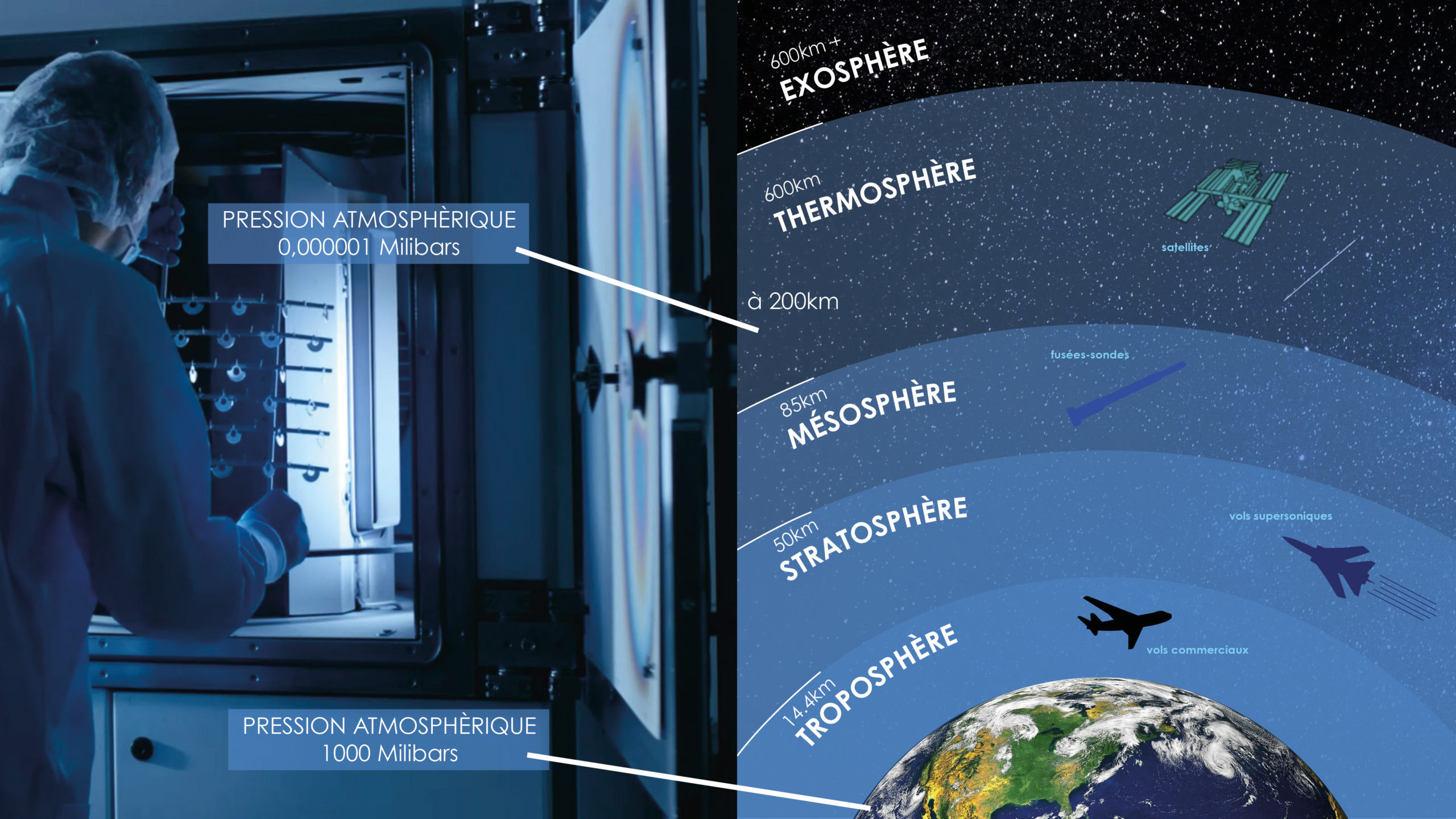SPECIALIST IN THIN-LAYER VACUUM DEPOSITION
WHAT IS THIN-LAYER DEPOSITION?
Thin-layer deposition refers to a set of techniques used to deposit a thin layer or film of material on a substrate, or on previously deposited layers. The term “thin” is relative, but most deposition techniques can apply layers from around one micron to a few nanometres thick.
Vacuum treatment consists in treating the parts in a pre-evacuated sealed chamber.
Deposition techniques can be broken down into different categories:
WET
Galvanic treatment
Eloxide treatment
Anodisation treatment
DRY (vacuum)
CVD => ALD
ALD
CHEMICAL / PHYSICAL / ATOMIC























